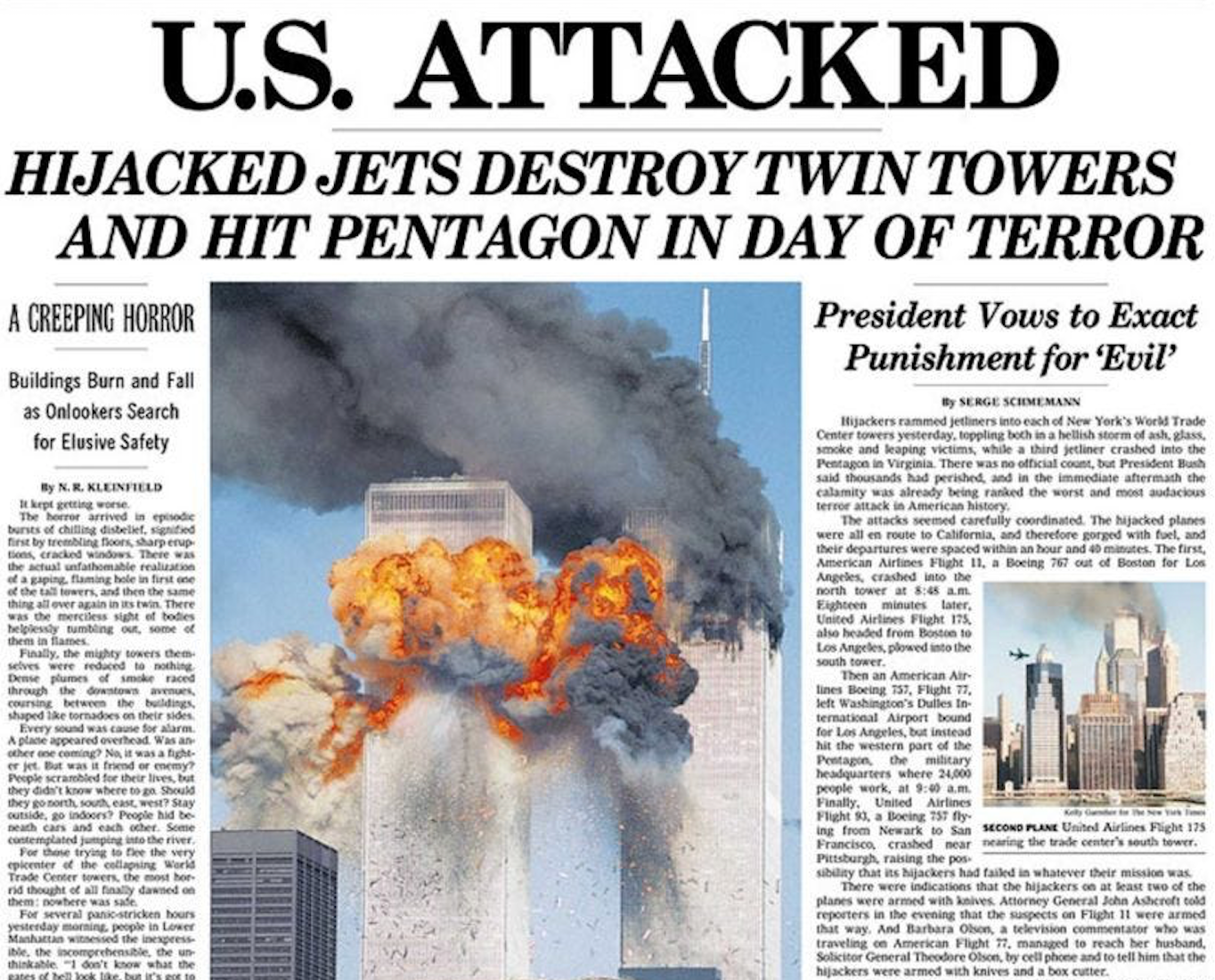What Does News Articles Do?
What Does News Articles Do?
Blog Article
The News Articles Statements
Table of ContentsThe Buzz on News ArticlesOur News Articles StatementsThe Main Principles Of News Articles Some Known Factual Statements About News Articles Indicators on News Articles You Need To Know
Excellent understanding of different topics gives trainees a competitive side over their peers. Despite the fact that digital and social media sites are easily obtainable, we must not forget exactly how crucial it is to check out the papers. Parents must attempt and inculcate the behavior of checking out a paper as a daily regimen to continue the heritage of the revered print medium.News tales additionally contain at least one of the complying with vital characteristics family member to the designated target market: distance, importance, timeliness, human rate of interest, strangeness, or consequence.
Within these limitations, news stories also aim to be extensive. Among the larger and more revered papers, justness and balance is a major factor in offering details.
Papers with a worldwide audience, for example, have a tendency to make use of a much more formal style of creating. The specific selections made by a news electrical outlet's editor or editorial board are frequently collected in a design overview; usual style guides consist of the and the United States Information Design Book. The major goals of news writing can be summarized by the ABCs of journalism: precision, brevity, and clarity.
What Does News Articles Mean?
As a guideline, reporters will certainly not make use of a long word when a brief one will do. They utilize subject-verb-object construction and vivid, active prose (see Grammar). They offer stories, examples and metaphors, and they rarely depend upon generalizations or abstract ideas. Information authors try to prevent making use of the very same word greater than once in a paragraph (in some cases called an "resemble" or "word mirror").
Nonetheless, headings often leave out the topic (e.g., "Leaps From Watercraft, Catches in Wheel") or verb (e.g., "Feline lady fortunate"). A subhead (likewise subhed, sub-headline, subheading, caption, deck or dek) can be either a secondary title under the main heading, or the heading of a subsection of the article. It is a heading that comes before the primary text, or a group of paragraphs of the major message.

Extra billboards of any of these kinds may appear later in the write-up (particularly on subsequent pages) to entice more reading. Such signboards are likewise made use of as reminders to the post in other areas of the publication or site, or as advertisements for the item in other magazine or sites. Regular structure with title, lead paragraph (recap in strong), various other paragraphs (details) and call details.

Instance of a hard-lead paragraph NASA is recommending one more area job. The budget demands around $10 billion for the job.
An "off-lead" is the 2nd most crucial front page information of the day. To "bury the lead" is to start the post with history info or information of second relevance to the readers, compeling them to read even more deeply into an article than they must have to in order to discover the necessary points.
Top Guidelines Of News Articles
Usual use is that one or 2 sentences each develop their very own paragraph. Reporters typically explain the company or helpful resources structure of a newspaper article as an upside down pyramid. The vital and most interesting aspects of a tale are placed at the beginning, with supporting info adhering to in order of diminishing importance.
It allows individuals to explore a subject to just the deepness that their curiosity takes them, and without the charge of information or subtleties that they can consider irrelevant, yet still making that details available to more interested Learn More readers. The inverted pyramid framework additionally makes it possible for articles to be cut to any kind of arbitrary length during layout, to suit the room offered.
Some writers start their stories with the "1-2-3 lead", yet there are many type of lead readily available. This layout usually begins with a "5 Ws" opening up paragraph (as explained above), followed by an indirect quote that serves to sustain visit their website a major aspect of the very first paragraph, and then a straight quote to sustain the indirect quote. [] A twist can refer to numerous points: The last story current program; a "satisfied" tale to end the program.
Longer short articles, such as magazine cover write-ups and the pieces that lead the inside areas of a newspaper, are known as. Function stories differ from straight information in several means.
Excitement About News Articles
The journalist commonly details interactions with interview topics, making the item more personal. A function's very first paragraphs usually relate a fascinating moment or event, as in an "unscientific lead". From the particulars of a person or episode, its view swiftly widens to abstract principles about the tale's topic. The area that signifies what an attribute has to do with is called the or signboard.

The Editor's Tool kit: A Recommendation Overview for Beginners and Professionals (2001) Allan M. Siegal and William G. Connolly. The New York City Times Guidebook of Style and Use: The Official Design Guide Used by the Writers and Editors of the Globe's A lot of Authoritative Newspaper (2002) M. L. Stein, Susan Paterno, and R.
Report this page